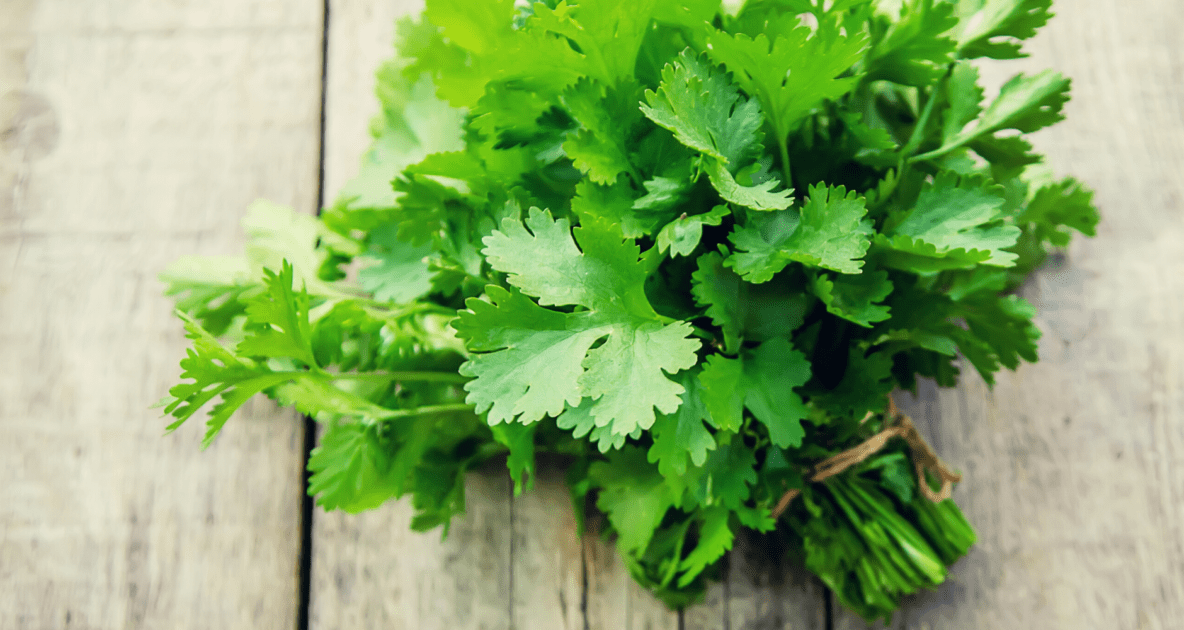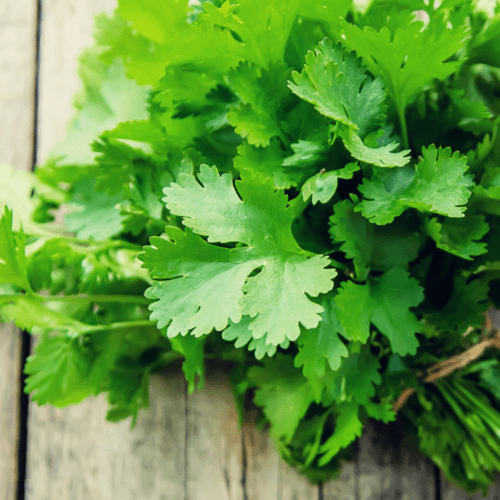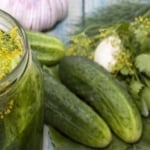Love It Or Loathe It? The Great Cilantro Debate
Not everyone's a fan. Haters say cilantro tastes like soap. Others can't get enough. Find out what scientists are saying about this pungent herb and why the battle rages on!

There is a deep rift running through the heart of America. It’s not the divide between red states and blue states, but the ongoing battle between cilantro lovers and those who can’t stand the stuff.
Cilantro, which is the North American name for the green leafy part of the coriander plant, is a pungent annual herb that grows in warmer climates across the world. Other names include Chinese parsley and dhania.
While the entire plant is edible, most people eat either the fresh leaves (cilantro) or the dried seeds (coriander), which are ground into a powder. Cilantro/coriander is a popular staple as both an herb and a spice throughout Asia, Europe, Africa, and the Americas.
As with many other traditional spices, seasoning food with ground coriander is a natural preservative. The seeds contain phytochemicals that delay spoiling.
As a spice, coriander tastes sweet, citrusy, and mildly peppery. The flavor profile of fresh cilantro, however, is more controversial …
Cilantro: Love It or Loathe It?
Those who love cilantro say it’s refreshing and tangy. Those who hate it—and this latter group is pretty outspoken, say it tastes like soap or bugs.
Is There A Scientific Reason Why You Hate Cilantro?
Since there weren’t more pressing problems in the world for them to sort out, scientists have recently discovered the cause behind this intensely partisan debate. People who can’t stand cilantro are probably genetically predisposed to hate it.
There are a number of chemical compounds that come together to make up cilantro’s flavor. People who love the herb can taste and smell a wider range of them, say, geneticists, while cilantro haters, because of how their smell and taste receptors work, are only able to taste unpleasant bitterness.
Good News: Cilantro Is Good For Your Health
Love it or hate it, cilantro is great for your health. For one thing, it’s packed with dietary fiber, which can reduce bad LDL cholesterol and raise good HDL cholesterol, and in inflammation- and cancer-fighting antioxidants.
It’s also rich in minerals like potassium, which helps to control heart rate and blood pressure, calcium for strong bones, and iron for red blood cell production, among others.
A great tip for keeping your cilantro fresher longer!
Cilantro is also an excellent source of folic acid, riboflavin, niacin, beta carotene, vitamin-C, and is one of the best all-around sources of vitamins A and K, providing more than 200% of the recommended daily value of these two vitamins in just one small serving. It is said that the herb also has the ability to flush (chelate) heavy metals like mercury, aluminum, and lead from your body. All these great benefits have moved cilantro to superfood status.
Of course, if you hate cilantro, there are plenty of other nutritious foods out there to enjoy. But if you’re among those who love this polarizing plant, here are a few recipes to help you love it even more.
Thinking about growing cilantro? Check out these tips!
Cilantro Lime Shrimp Recipe

Cilantro Lime Shrimp Recipe
Ingredients
- 2 tablespoons olive oil
- 1 jalapeño pepper, diced
- 1 pound shrimp, peeled and deveined
- 3 garlic cloves, sliced thinly
- Salt to taste
- 1/4 cup chopped cilantro
- 2 tablespoons lime juice
- 2 cups cooked rice
Instructions
- Allow a large pan to sit over high heat for one minute, then add oil.
- Add the pepper to the pan, toss to coat with oil, and cook for 30 seconds.
- Add the shrimp and garlic, toss to coat with oil, and sprinkle with salt.
- Allow the shrimp to become lightly seared before tossing again
- Stir-fry for about 2 minutes. Remove from heat.
- Mix in the cilantro and lime juice. Serve over rice.
Cilantro Pesto
Ingredients
- 2 cups fresh cilantro, chopped
- 6 cloves garlic, minced
- 1/4 1/4 grated Parmesan cheese
- 1/2 teaspoon cayenne pepper
- 1/2 cup walnuts
- 1/2 cup olive oil
Instructions
- Directions:Place cilantro, garlic, vinegar, Parmesan cheese, cayenne pepper, nuts, and salt in the bowl of a food processor or blender and pulse to combine. Add 1/4 cup of olive oil, and blend. Continue adding olive oil and blending until the pesto reaches your desired consistency.
Check out this viral Twitter video of a cook chopping cilantro. So satisfying!
What about you, do you love cilantro or loathe it?

Jaime McLeod
Jaime McLeod is a longtime journalist who has written for a wide variety of newspapers, magazines, and websites, including MTV.com. She enjoys the outdoors, growing and eating organic food, and is interested in all aspects of natural wellness.







Unfortunately, it tastes like soap to me. I substitute flat leaf parsley in recipes that call for cilantro. I’m happy that science has given the reason why some of us only taste soap, or worse. It’s not a love/hate thing or a matter of being picky.
Loathe it.
ALERGIC! Feels like it closes my windpipe.
I LOVE Cilantro!!!
Hate is a strong word! Cilantro has no ill effects on me but it tastes like soap. I don’t care for the taste of soap so it makes sense that I wouldn’t like cilantro. I am happy to know that it’s how my taste receptors receive it’s yucky taste that makes me dislike it and not just me being a humbug about trendy things. And that I definitely am. ?
I DETEST CILANTRO!!! It taste like stomach acid to me. Working a restaurant in the southwest has been a challenge.
I like it but only in moderation. If you use too much it tastes like dish soap to me. I’ve had good pico de gallo and some that the cilantro was too overpowering, therefore tastes like soap.
For year I worked as a cashier at Shaw’s and just the pungent rotten smell of it made me sick.
I LOVE, LOVE, LOVE CILANTRO! I LOVE GROWING IT ALSO!
I love cilantro! I dice red onion, fresh plum tomatoes, fresh cilantro, fresh lime juice, and some salt and pepper, and mix it up. I leave hot peppers out, and put them on the side for people who don’t like spicy foods. We love it on tacos. What’s left over I put in omelets, or soups, or salads. I put the stems in a glass with water and it keeps for over a week. I change the water a few times. I like to grow it in my garden!!